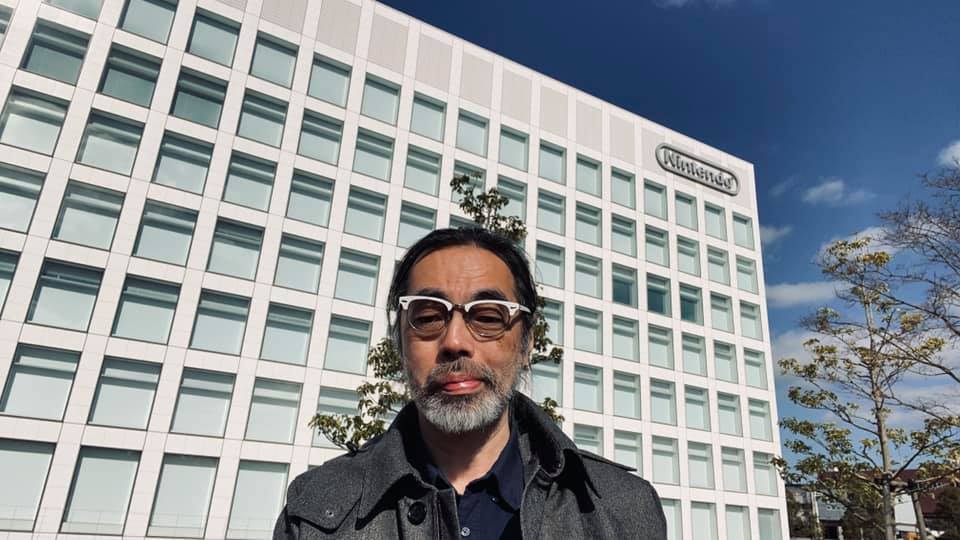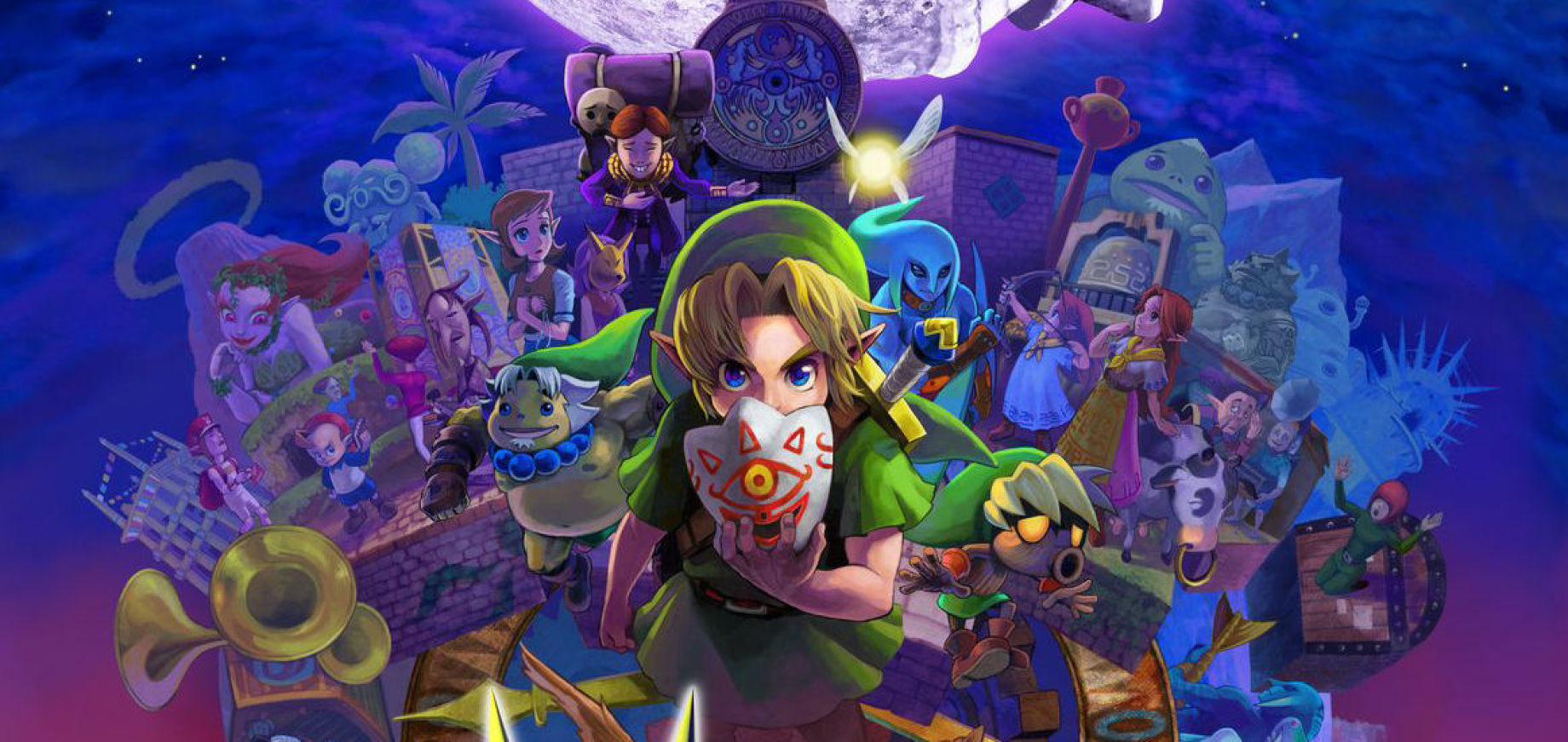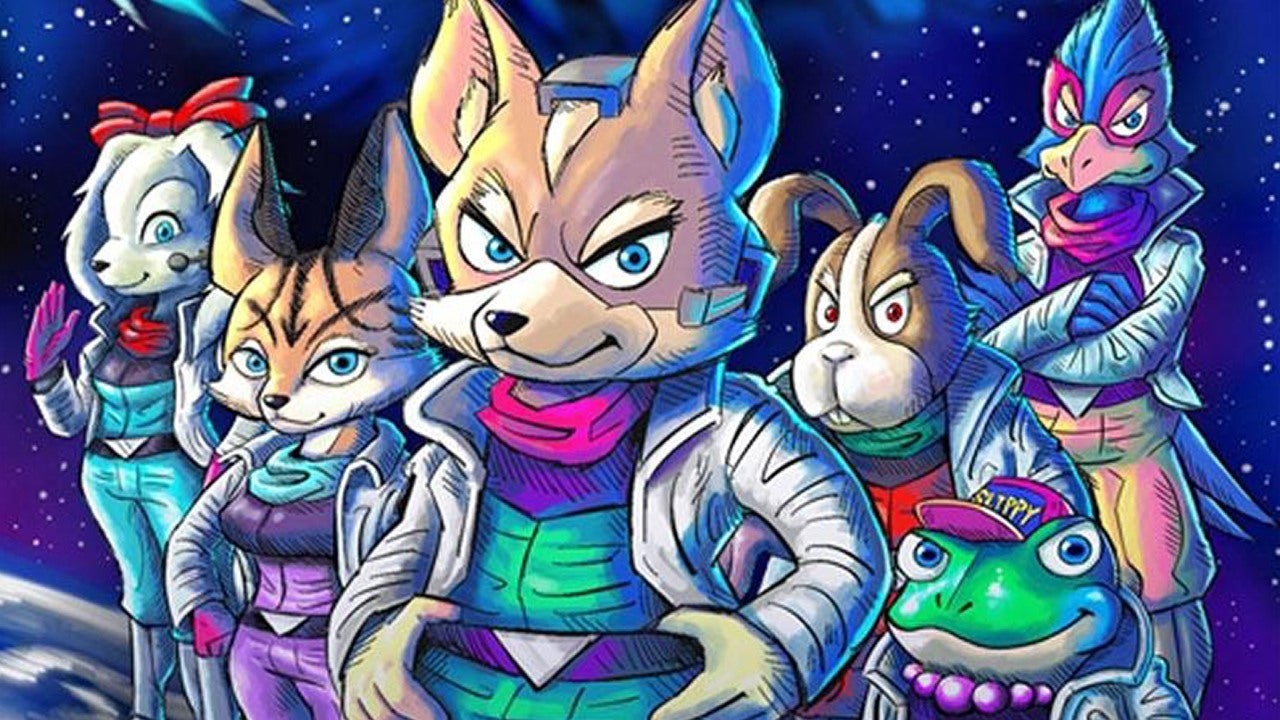I met with the legendary Takaya Imamura during Gamescom 2024 to talk about his Nintendo years, the creation of Star Fox, Majora’s Mask, and of course his new game Omega 6. Ready for an exclusive interview? Let’s dive in!
Hello, Imamura-san. Nice to meet you. You have an amazing career in gaming. Can you tell us some of the projects that you worked on?
Takaya Imamura: I joined Nintendo in 1989 and made my debut with the Super Famicom F-Zero. After that, I worked on the Legend of Zelda, and Star Fox. The very first game I worked on was the SNES version of F-Zero. After that, I worked on Zelda: A Link to the Past, and then the next one was Star Fox. I was the art director on a lot of those games. Obviously, I was there a long time, so I worked on a lot of the games. If I start listing all of them, it’s going to take a long time, so we’ll just leave it there for the time being.
So, you retired from Nintendo and are now working on your own on Omega 6, which was released in Japan. It’s a game, but also a manga. Can you tell us a bit more about the design process of those, and how you combine manga with a video game?
Takaya Imamura: When I retired from Nintendo, I was looking for something creative that I could do on my own. In short answer, once I left Nintendo, I was thinking, what kind of creative endeavor can I do on my own? The short answer to that was manga comics. I create the whole thing on my own. I wasn’t thinking about it as something commercial, something I could sell. I just wanted to create something that happened to be a comic. But, as a result of doing that, it ended up getting published in French and then became a game as well.
So, the manga is available in Japanese and French. The game is currently only available in Japan. Are there any plans to localize it for more markets?
Takaya Imamura: Yes, we actually announced just before the start of Gamescom that the English version is on its way. For now, there aren’t any other languages announced but it’s great to have it in English I think.
So let’s go a bit back in the past, the Nintendo days of your career. You were at the forefront of some of Nintendo’s most important IPs. How do you feel that your work specifically shaped the identity of Nintendo that we know today?
Takaya Imamura: For the past 30 years, I’ve been at the forefront of Nintendo’s most important IPs. There was Yamaguchi-san, Miyamoto-san, Yokoi-san, and Iwata-san. I think it’s not so much that I contributed because I was there, but I happened to be part of Nintendo at probably one of the most important times in gaming history and Nintendo’s history. So, I got to experience, I was there when Yamaguchi was president, and of course, there’s Yokoi, Shigeru Miyamoto, and Iwata-san as well, all these people who have key roles in shaping Nintendo’s history of games and making Japanese games very popular worldwide. Because of them, and because of the timing, I was there, I got to contribute that too.
That’s a very humble answer, but I think the characters that you designed, like Star Fox or Captain Falcon, are iconic characters who are loved by a lot of gamers. From a design perspective, what is key to creating such characters that resonate with such a broad audience?
Takaya Imamura: You can’t get popular just by the characters. For example, when you watch a long drama, at first, you don’t like it, but then you start to like it as you watch it. I think you can’t get that kind of background if you don’t look at the characters. So, I don’t think there’s a secret to designing characters that are loved themselves because the characters that I design after all are just a visual representation of a part of the game, and the game is a team effort. So, I don’t think you can necessarily create a two-dimensional character that will remain in people’s hearts and minds. If you take the example of a movie or a TV drama, you might have a character that at the beginning is somebody that everybody hates, but as the story evolves, you get to know them, you get to know their motivation, and then you start to love them. Without the game the framework and the story behind these characters, you don’t have the chance to create them. Without the teamwork, the characters wouldn’t be as memorable as they are.
You also contributed to Majora’s Mask. We all know that the development time for that one was brutal, so one year, and you had to finish it. But what was your design process behind the Majora’s Mask? Because it’s on the box, it’s everywhere, it’s such an iconic piece of art for that specific game.
Takaya Imamura: We had to finish it in a short period of time, but I heard that Yamada-san suggested that we make it in a dark setting. That’s where the inspiration for the design came from. I combined the inspiration I took from them to get the final result.
The design is really iconic, so it’s a really nice job. A more personal question, from everything you’ve worked on, whether it’s Nintendo or your own stuff, what is your personal favorite project or character or design that you ever did, and why is that? It doesn’t have to be a Nintendo game, it could be something independent. But if you had to choose one, what would it be?
Takaya Imamura: Well, it would have to be Fox. Fox McCloud.
Fox? Why?
Takaya Imamura: I don’t know. Because of his personality? like Fox. It’s not because I like the visuals so much. His honesty and his allegiance to his friends as a leader are traits that I admire in him because I feel I don’t have them myself.
The characters from Star Fox were also inspired by people who worked at Nintendo in those days?
Takaya Imamura: Yes, Fox was inspired by Mr. Miyamoto’s Shrine of the Fox God, Shiminari. Based on that, we sometimes made characters. But the main members were designers and directors. So Fox himself was based on the initial idea that came from Miyamoto-san. He’s basically saying that there’s a shrine near Nintendo HQ, the Shrine of the Fox God, so he wanted the main character to be based on that. So that’s where that comes from. The other characters, in general, I do occasionally for general character designs. I’m quite good at caricatures, so I’ll take features from people I know, and people I see around me, and the other characters, the main characters in the Star Fox team, are taken from the artwork.
A final question then. So, officially you’re retired, but you’re still publishing a lot and creating a lot of things. What is in it for the future? Are you going to sit back and relax and enjoy the legacy that you’ve created, or do you still have some ideas that you want to create?
Takaya Imamura: I think I’m probably the same as Ridley Scott, the film director. Even when I get to 80, I think I’m still going to be creating stuff. He’s like 86 years old, but he’s still working in films. He’s directing Alien and Gladiator.
It’s funny that you mention it. Last week, I saw Alien Romulus, so it was created by Alvarez, another director, but Ridley Scott is still involved in the narrative, the design part of the movie. Is that something that, let’s say, if Nintendo wants to remake Star Fox or F-Zero and they want to remake the games, the original ones, is that something that you would see like the Ridley Scott way of aiding the development, like giving your advice or your vision of what your characters, your game creation would look like in modern tech?
Takaya Imamura: If Nintendo wants to make a new Star Fox or F-Zero game, like a remake or a reboot, if there’s an opportunity, if they ask me, I will be there.
Okay, cool, I hope they ask you.
Takaya Imamura: At the very least, when I left Nintendo, I told Miyamoto-san, if you’re going to make a Star Fox movie, give me a call. I want to work with you.
Yeah, I hope they will because they’re really expanding the cinematic universe, and there’s a Zelda movie coming soon.
Takaya Imamura: I’m really looking forward to seeing if Tingle will come out. What do you think? Don’t you think he’ll come out?
I hope so. I really want him to come out.
Takaya Imamura: Maybe if he’s just in the background of one scene, like a standing shot, to add some comedy.
That would be perfect, thank you so much for this interview!





